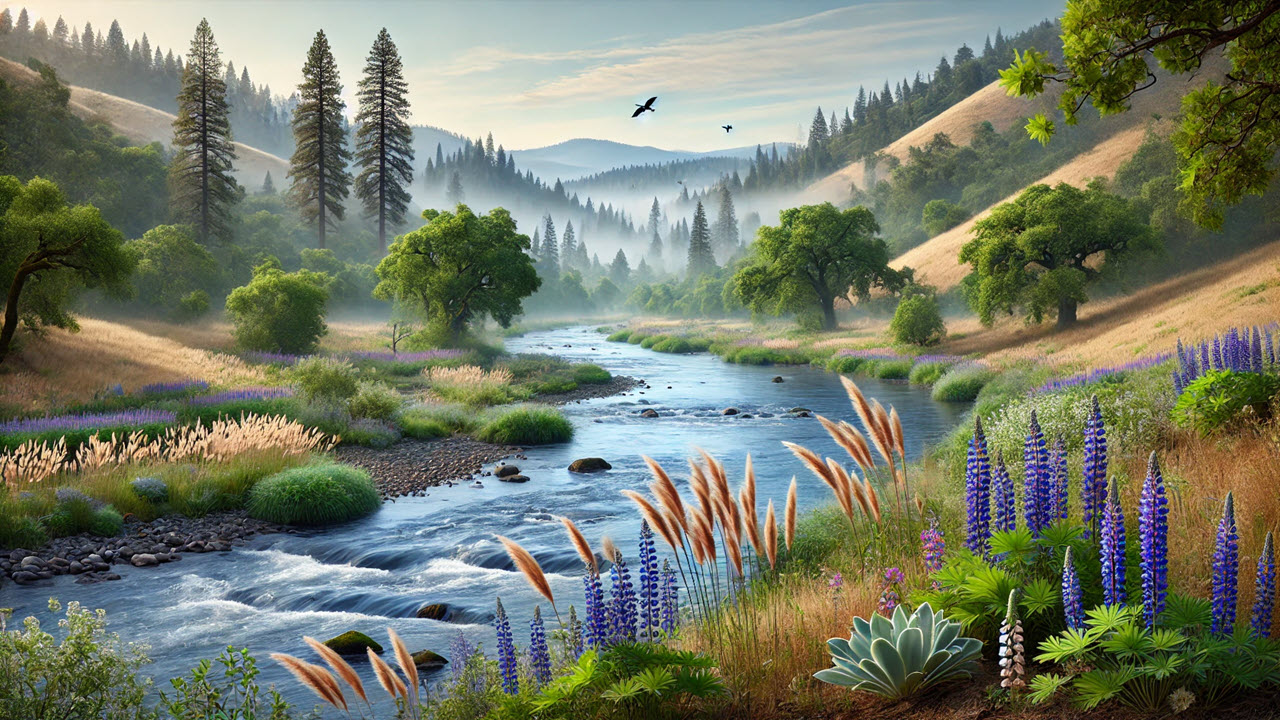
The following blog post is a summary of the article “Anything that can be built can be taken down”: The largest dam removal in U.S. history is complete — what happens next? by Lucy Sherriff, published by the BBC on September 3, 2024. To read the original article, click here.
Brook Thompson, a member of the Karuk and Yurok tribes from Northern California, has been fishing on the Klamath River since childhood, where fishing was a way of life. To her and her family, the river was not just a resource but a vital part of their culture and identity. However, in 2002, a massive fish die-off devastated the river, marking a turning point for her community. Thompson recalls how, at seven years old, she witnessed thousands of dead salmon along the shore, an event that had never been recorded in the tribe’s history. This tragedy was linked to low water flow from the Iron Gate Dam, which highlighted the detrimental effects of the dams on the Klamath River ecosystem and the tribe’s livelihood.
The Yurok and Karuk tribes have long opposed the dams, seeing their removal as essential to their survival. The dams blocked fish migration, severely diminishing salmon populations. The tribes’ deep cultural and spiritual connection to the river made the decline of salmon particularly painful. After years of activism and negotiations, the largest dam removal project in U.S. history was completed in 2024, opening over 400 miles of the river. This was a monumental victory for the tribes, as they had been told their demands were impossible. The return of the river’s natural flow brings hope for the recovery of fish populations and the tribe’s cultural practices.
The Klamath River basin, once one of the most productive salmon rivers on the West Coast, had suffered severely due to the dams. Salmon populations plummeted, and the tribes were forced to import fish for their cultural ceremonies. The dams also caused toxic algae growth, further damaging the water quality. The removal of the dams began in 2023, and although the water released downstream was initially dirty, the river has already begun to heal. Tribal members expect fish populations to recover significantly over the coming decades, with predictions estimating an 81% recovery by 2061.
Restoring the land exposed by the drained reservoirs is an ongoing challenge. The tribes, along with environmental organizations, have been working since 2011 to prepare for this restoration, collecting seeds from native plants to reestablish vegetation in the area. These efforts have involved hand-collecting seeds from hundreds of species, including culturally significant plants such as oak trees. The process has been complex, involving careful planning to ensure the genetic suitability of the plants for the local ecosystem. Despite challenges such as wildfires and drought, the restoration team has seen promising results, with wildlife beginning to return to the newly planted areas.
For Thompson and her community, the restoration of the river and the land represents more than just environmental recovery; it is also about healing their connection to their ancestral lands. The removal of the dams symbolizes the reclaiming of their role as stewards of the land, a responsibility passed down through generations. It offers hope not only for the future of the river’s health but for the survival of their cultural traditions tied to the salmon and the ecosystem. Thompson views this restoration as a forward-looking process, blending traditional ecological knowledge with modern scientific practices. While the river may never return to exactly what it once was, the tribes are committed to ensuring its future health for generations to come, believing that they can create a better, more sustainable future for their people.
